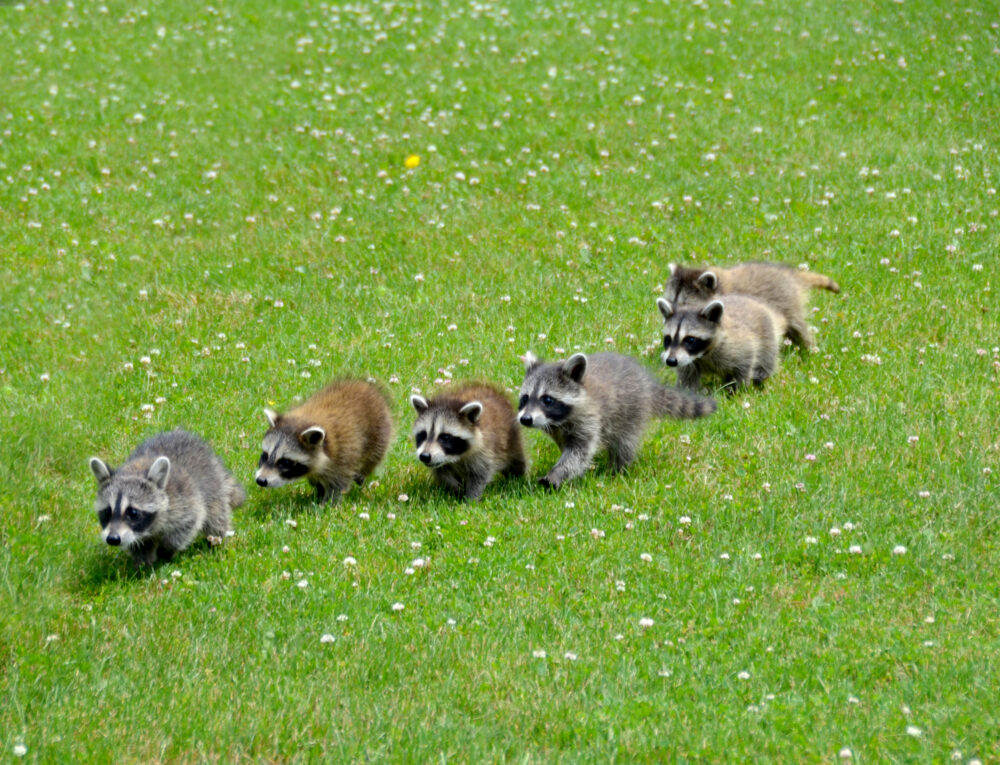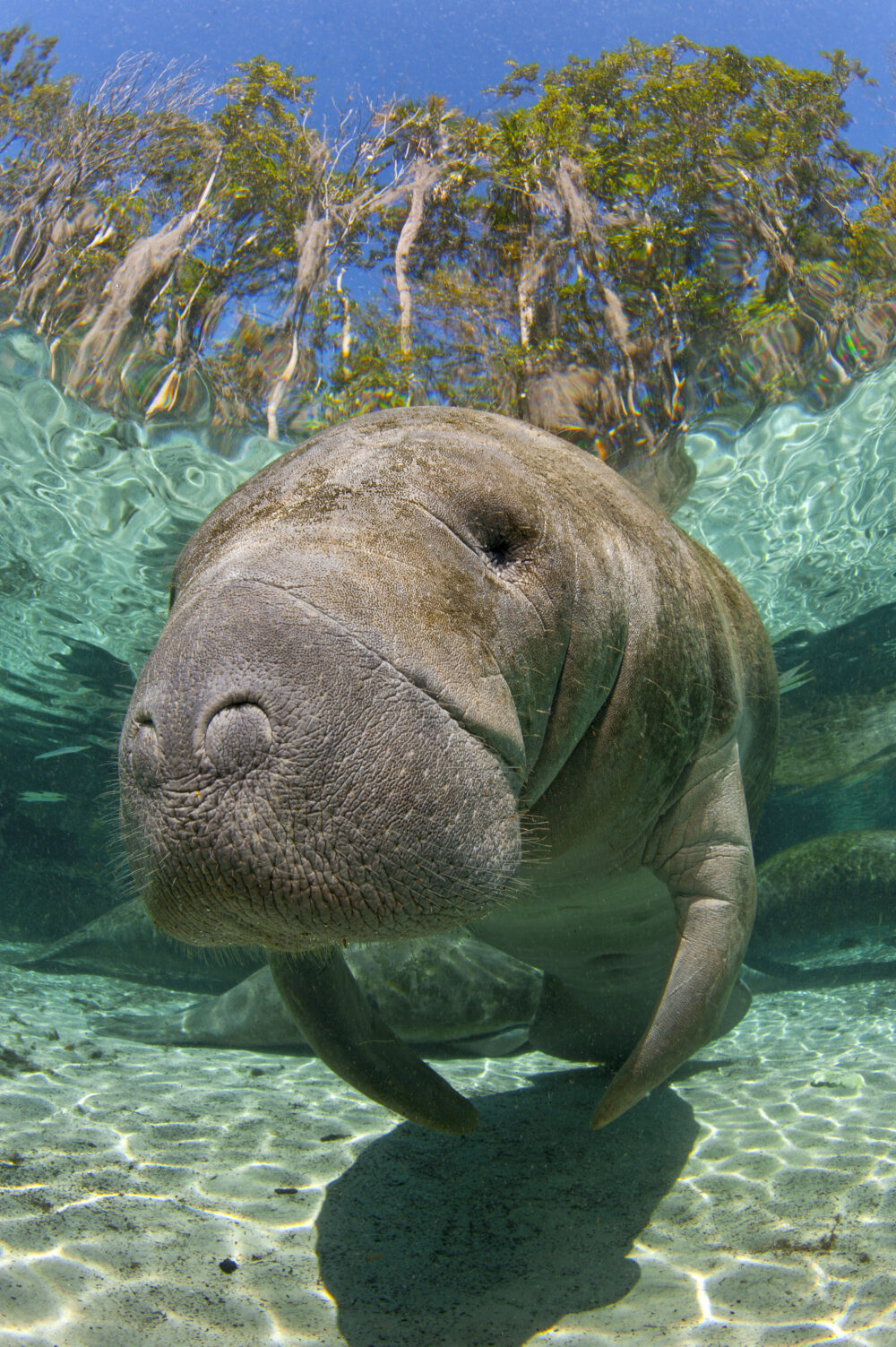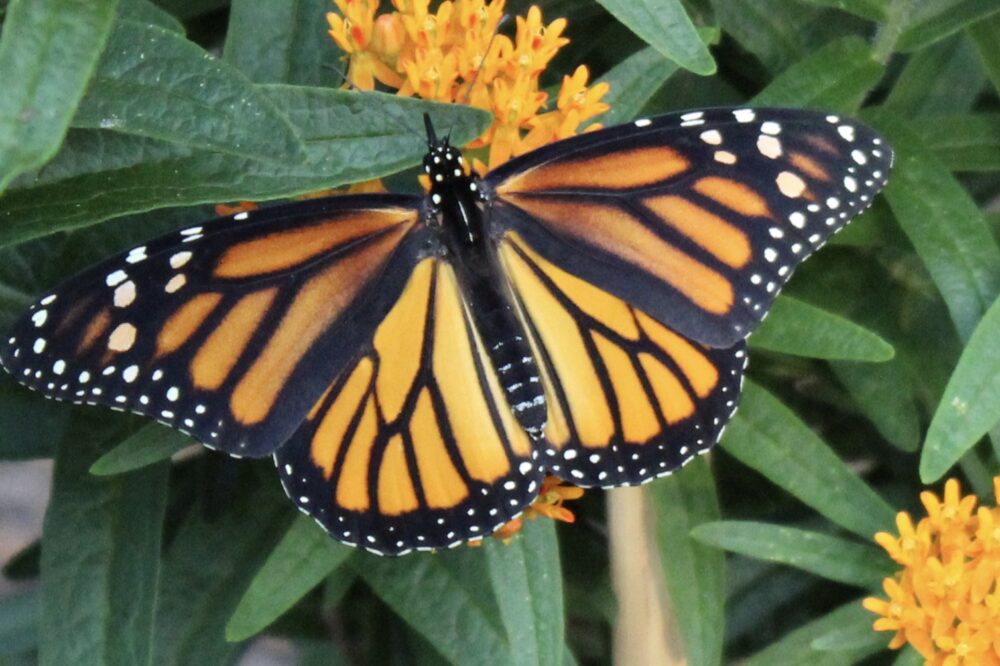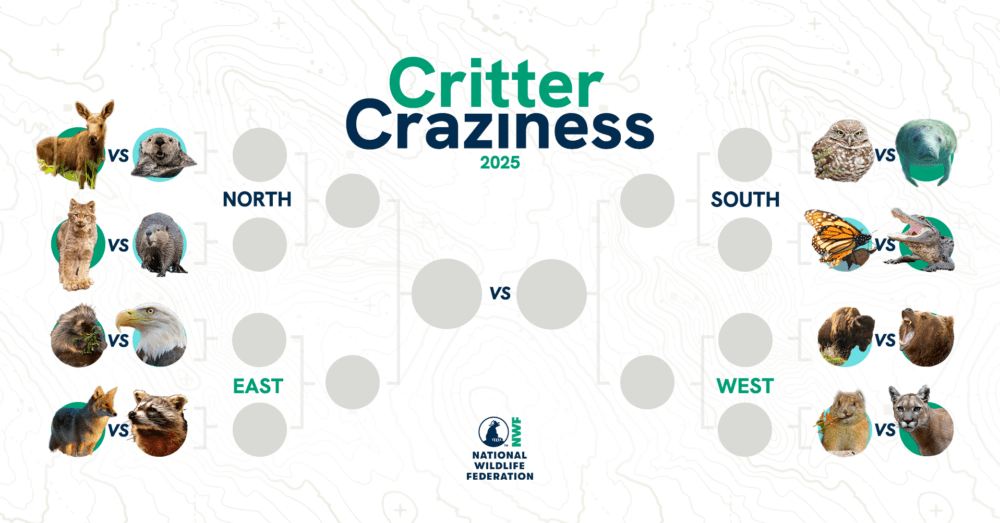We have much more to do and your continued support is needed now more than ever.
Squirrel Appreciation Day: 10 Amazing Things to Truly Appreciate
Today is National Squirrel Appreciation Daywhich gives us a good opportunity to reflect on all things wondrous about the furry little critters.
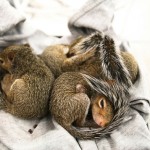
2. Squirrels propel themselves in a number of creative ways. They have been clocked at over 20 miles per hour (a radar gun was used, maybe by bored state trooper?). And, many have witnessed their ungainly leaps onto swinging bird feeders outside the window. They are also adept at moving through tree canopies by leaping from branch to branch and can do this for long distances through forests or down the neighborhood street.
3. The champion leapers of all time are flying squirrels which don’t actually fly but rather glide from a high point on one tree to a lower point on a nearby tree. They glide on wing-like membranes that extend from their front to their rear legs. Some, such as the flying squirrels of the southern U.S., can glide 90 meters (nearly the length of a football field). The U.S. flying squirrel is tiny but there are giant flying squirrels in India nearly two feet long with beautiful red coats.
4. Squirrels are natural hoarders and like to bury little bits of food – seeds, nuts, bark – in caches that they can visit later for a snack. They amaze scientists with their ability to remember where these food caches are. Even more amazing is that the average squirrel will bury thousands of these during the year.
5. Some people ask about the difference, if any between chipmunks and ground squirrels. Chipmunks and a species of striped ground squirrel are commonly mistaken for the same animal. However they differ. The chipmunk has five dark brown lengthwise stripes from the head to its rump and runs with its tail straight up. Some chipmunks may hibernate while others will continue to be active throughout the winter. The 13-lined ground squirrel has as many lines on its back from head to rump. They have been described as a “peanut with short legs.” They inhabit open grasslands where they feed on equal amounts of animal and plant foods.
6. Gray squirrels across the U.S. inhabit forests but can thrive in residential neighborhoods and are known for raiding bird feeders in winter and summer. On rare occasions, when a squirrel’s usual food source is scarce, gray squirrels have been known to prey upon insects, frogs and even small rodents.
7. Squirrels do not hibernate, although they have that reputation due to their hoarding behavior. Tree squirrels have summer “cottages” made of leaves high in the trees and winter homes secreted away in tree holes and hollows in colder months. The leafy nests they make in trees are called “dreys.”
8. Squirrels are mostly individualists but they have been known to gather together when there is a need. Observers have noted squirrels teaming up, mobbing and driving off predators such as domestic cats.
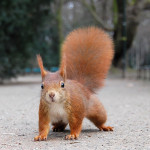
10. Despite their many fascinating attributes, bird lovers often wish that squirrels would leave their feeders alone and tales of these clever rodents overcoming the best laid plans to keep they away from feeders are many. Here is a terrific NWF article on the subject: Ten Tips for Outwitting Squirrels.














